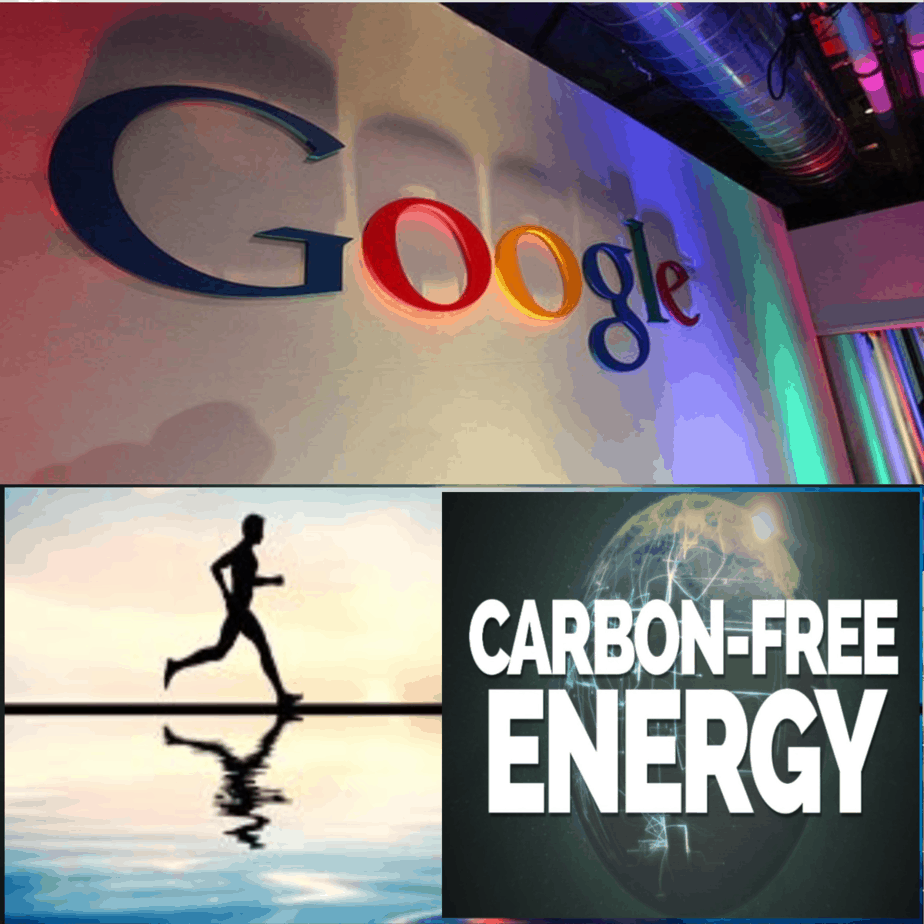Google commits to run using carbon-free energy by 2030, Keyword, Google has announced its commitment to operate with carbon-free energy for 24 hours, seven days a week across its businesses worldwide by 2030, which will start with its data centers and offices.
CEO of Google Sunder Pichai said in a blog post has labeled the goal as the company’s “biggest sustainability moon shot” yet. “We are the first major company that’s set out to do this, and we aim to be the first to achieve it. We’ll start by working towards 24/7 carbon-free energy at all of our data centers and campuses around the world.”
Our data centers power the products and services you’ve come to rely on every day. This will mean every email you send through Gmail, every question you ask Google Search, every YouTube video you watch, and every route you take using Google Maps, is supplied by clean energy every hour of every day.”
These 10 technologies are most likely to help save planet Earth To achieve this goal, Pichai outlined that Google will invest in new technologies to enable manufacturing regions to gain 5 gigawatts of new carbon-free energy, help 500 cities including Hamburg and Houston reduce a total of 1 gig ton of carbon emissions annually.
The company will also introduce new products to help 1 billion people make more sustainable choices. Google said it also has plans to pair wind and solar power sources together, increase the company’s use of battery storage, and apply the use of artificial intelligence to forecast electricity demand.
Google announced that through its purchasing of carbon offsets, the company has eliminated its entire carbon legacy, including all operational emissions before it became carbon neutral in 2007.
“This means that Google’s lifetime net carbon footprint is now zero. Google CEO said, We’re pleased to be the first major company to get this done, today”. Similar promises have also been made by other tech giants, such as Apple, which has aspirations to be carbon neutral across its entire business by 2030.
The Internet of Wild Things Technology and the battle against biodiversity loss and climate change (Tech Republic) meanwhile, in June; Amazon pledged $2 billion towards reducing its carbon footprint and helping companies to develop sustainable technology.
The fund, named after Amazon’s Climate Pledge, will invest in companies that build products and services to help reduce carbon impacts and make it easier for companies to transition to being net-zero in carbon output.
Amazon founder and CEO Jeff Bezos said that “Companies from around the world of all sizes and stages will be considered, from pre-product start-ups to well-established enterprises. Each prospective investment will be judged on its potential to accelerate the path to zero carbon and help protect the planet for future generations”.
Microsoft detailed its plan to be carbon negative by 2030 in January, which aims to remove all the carbon ever emitted by the business to the environment by 2050. To curb its emissions, Microsoft has had an internal “carbon tax” in place since 2012 that puts the onus on individual business divisions to cut their own carbon footprint.
Salesforce has also committed to reaching 100% renewable energy by 2022 and delivering a carbon-neutral cloud to all customers. Related Coverage Summit supercomputer to advance research on wind power for renewable energy.
Apple is investing in two of the world’s largest wind turbines to power its new data center Face- book is recycling heat from its data centers to warm up these homes Telstra is carbon neutral but found it hard to purchase Australian offsets UN reports global e-waste production soared beyond 53 million tonnes in 2019.
Google CEO said that those efforts will help to create 12,000 jobs by 2025.
Thank you for reading. We hope this gives you a brief understanding of the latest news. Are you interested read about other latest technology-related news? Explore our Technology News blogs for more.



